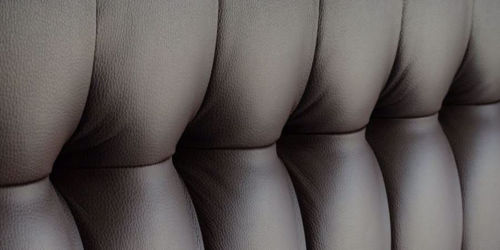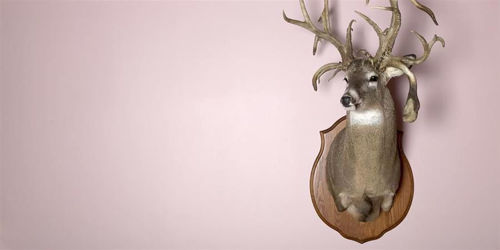In most homes, sleep is a precious commodity. A mattress matters to your overall health and well-being. Consumer Reports recommends a new mattress every 7 to 10 years. If you are concerned about the age and quality of your mattress, it may be time to shop around. But where do you begin? Here’s a handy mattress buying guide that will help you get started.
Types of Mattresses
There are two basic categories of mattresses:
Innerspring: These are the traditional mattresses with springs. They can be all tied together or individually wrapped.
Specialty foam: These will usually be made of different types of foam. Two categories of specialty foam are latex and memory foam.
Beyond these two major categories, there are other types that are a bit rarer. Some manufacturers make air mattresses that use air chambers instead of springs for support. Plus, the darling of the 80’s, waterbeds, are still around. These two subgroups are a specialty market and are not nearly as common as an innerspring or specialty foam mattresses.
There are also beds with adjustable frames like the Serta Motion Plus.
Innerspring MattressesThe most common mattress is innerspring. They have metal coils inside the mattress with foam and fiber on the top. The lower-priced mattresses tend to use the older style coil in which they’re all tied together.
The more quality mattresses have stronger springs and will be individually wrapped. If the springs are individually wrapped, they contour better to your body and have less transfer of motion. So, if one person bounces around or changes positions, the partner will not notice it as much.
Many innerspring mattresses also offer the added luxury of a pillow top. The Englander King Size Laurel Pillow Top offers plush, quilted layers with the support of an innerspring.
Specialty FoamFoam mattresses are becoming much more popular, and they tend to get higher customer satisfaction ratings than innerspring mattresses. There are two major types of specialty foam, latex and memory foam. A foam bed will usually have at least one of them, if not both.
Memory foam is probably the most recognized type of foam in bedding. It is a slower-response foam that takes time to return to its normal position. This has the benefit less pressure to the body. Memory foam is often mixed with a type of gel to add additional support and cooling. Some foam mattresses are a bit stuffy.
Latex foam is the other type of common specialty foam. It tends to be more supportive and more durable than memory foam and feels a bit cooler to the touch. However, it is not as effective as memory foam at relieving pressure.
Most of the time, these types of foam will be put on a base of what’s called “poly foam,” which is just a high-density, resilient support foam. Many times, memory foam and latex are mixed.
Foam Plus SpringsMany of the top-rated mattresses offer a mix of both springs and foam. This Beautyrest mattress features an advanced pocketed coil technology combined with multiple layers of advanced memory gel foam. It offers support, cooling action and pressure relief.
You should expect to spend anywhere from $350-$600 on a basic king size mattress. One in the $900-$1500 range is more common for a quality night of sleep. One with all of the bells and whistles of memory foam, individually wrapped coils, and gel could run over $2000.





















